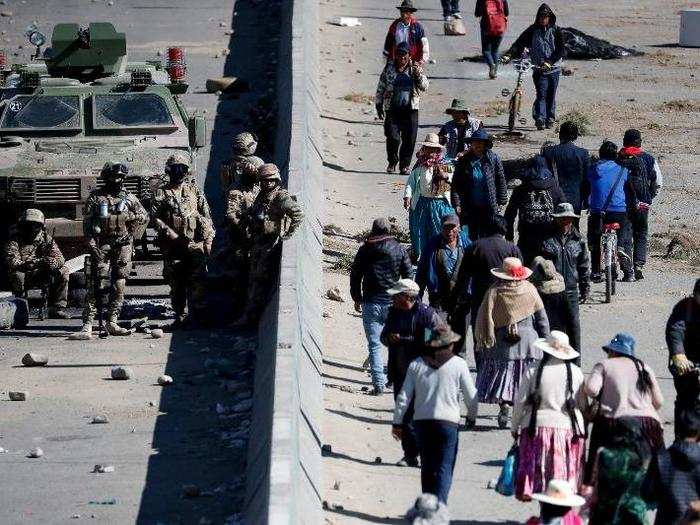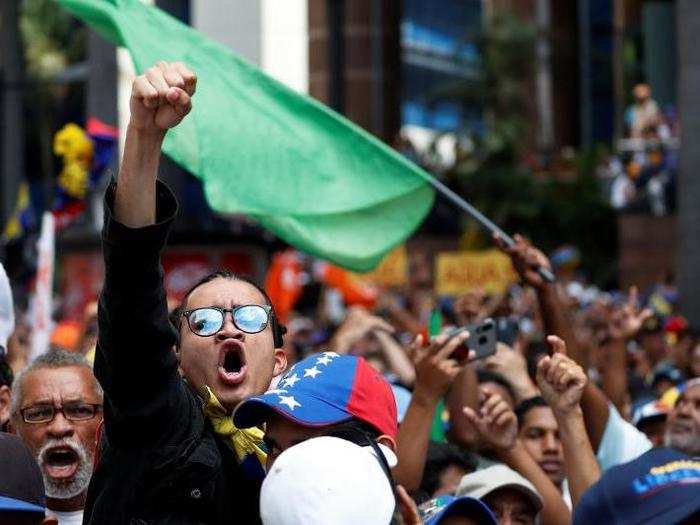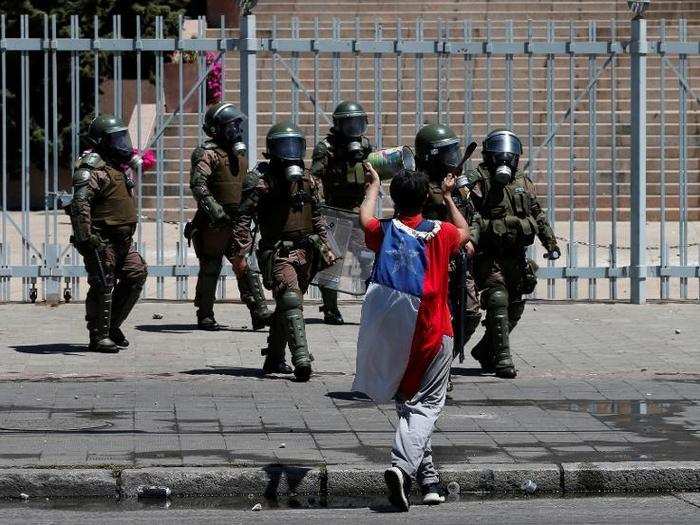- Home
- slideshows
- miscellaneous
- 2019 has been a difficult year in Latin America - 2020 may only get worse
2019 has been a difficult year in Latin America - 2020 may only get worse
Big picture: The trends connecting the protests are going to continue.

Country-level: Nearly every country in the region has conditions that are likely to generate protests.

I'm going to separate out the countries likely to protest into four groups. (Though some overlap multiple groups and each country does have its own unique circumstances.)
1. Most countries that protested in 2019 aren't done yet.

Venezuela, Honduras, Ecuador, Haiti and Bolivia all have factors that are going to lead to continued and likely increased protests in the coming year.
Though the strength of the protests will ebb and flow, none of those five countries has a clear path out of the protest movements that continue.
2. Anti-system populists are struggling.

Latin America's two largest countries are governed by populist leaders who have not met expectations.
In Brazil, the Bolsonaro administration is below the 50% mark in the first year and has faced regular controversies over corruption scandals. The country's legislature just passed pension reform, something that may be good for Brazil's long term budget but is likely to spark anger in the short term. Bolsonaro's personality makes him likely to overreact to initial protests and create reasons for protests to escalate.
In Mexico, President Lopez Obrador will finish his first year with over 50% popularity, not something many other presidents in the region can claim. But he is far from his goals for economic growth and faces a security crisis that is worse than the worst days of the Calderon or Peña Nieto administrations. This has hit his popularity recently
3. Stable countries look like Chile, and that's not good.

Chile was a model country, considered relatively stable with strong business environments by outside analysts in recent years.
Many countries, including Colombia and Costa Rica, welcomed comparison to Chile. But comparisons to Chile aren't necessarily positive after the past few weeks of protests.
Presidents and political systems across the region are unpopular. Economic inequality is high, and there are large numbers of poor and lower middle class not able to take advantage of economic gains. The populations would like to see greater government investments in social services, even as governments are concerned about a tough macroeconomic environment.
For the same reasons Chile exploded in protest, you can find similar reasons in countries that have tried to emulate the Chilean model.
4. New administrations face early challenges and resource constraints.

There are three new administrations taking office that have the potential for early failure: Argentina, Guatemala and Panama.
All three were elected with less than 50% of the vote and some of their support came due to voters disliking their opponents more rather than a mandate for the new president's ideology or policy platform. All three presidents are likely to see divided governing coalitions and all three lack the economic resources to meet their campaign promises.
Popular Right Now
Popular Keywords
Advertisement